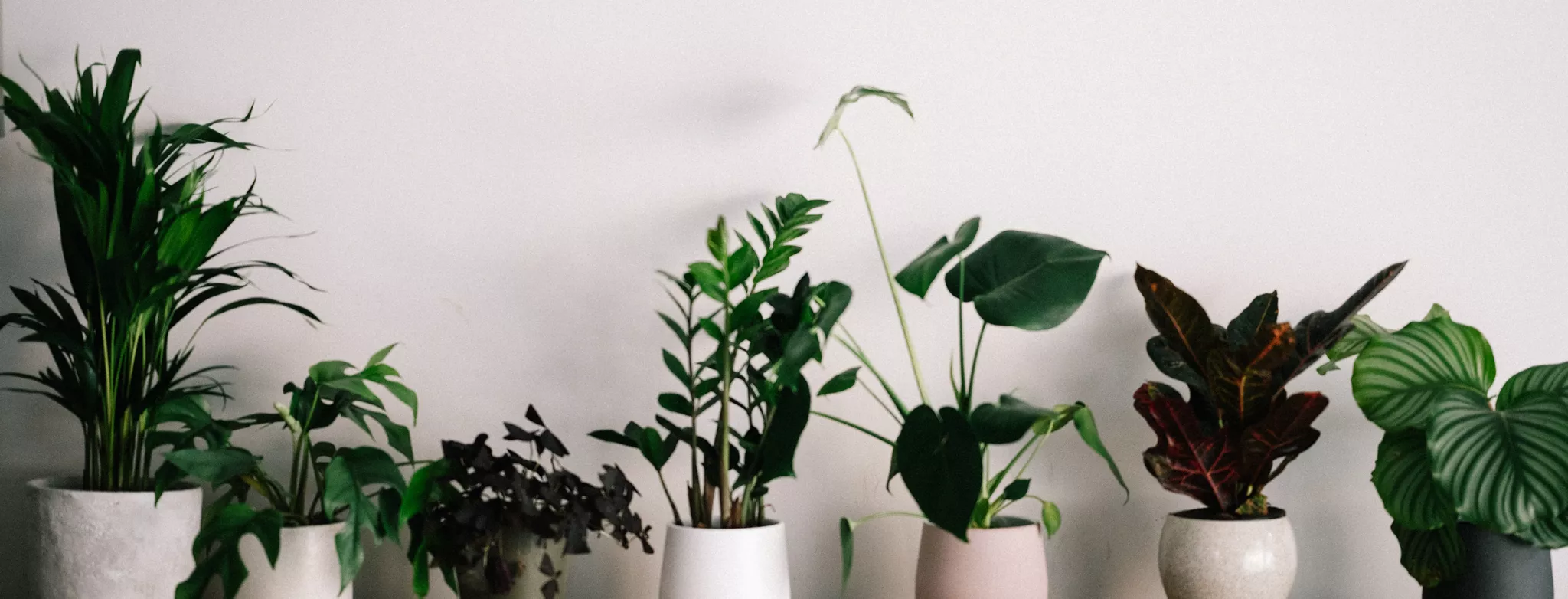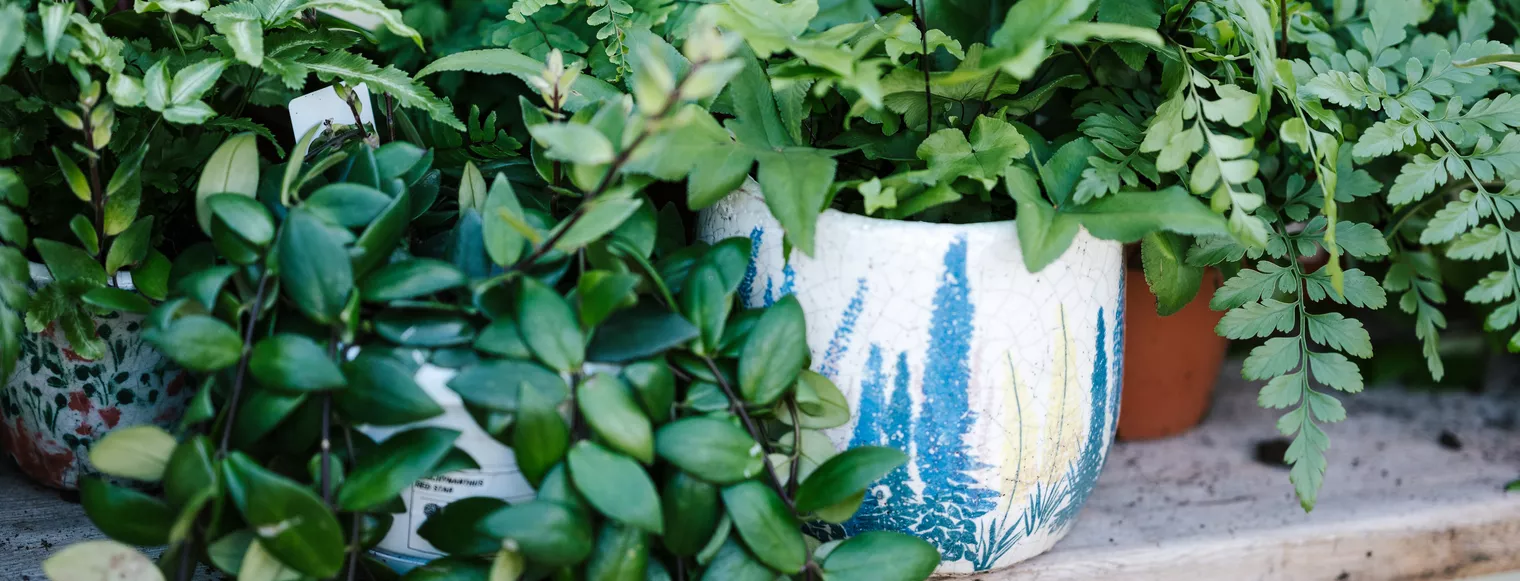Indoor Air Quality

The best quality indoor air is air that is frequently ventilated with clean, non-polluted, outdoor air. Outdoor air that is not polluted is the healthiest air available. What makes outdoor air healthy is not well understood. Indoor air that is not well ventilated can accumulate high concentrations of pollutants including various volatile organic compunds (VOCs), high carbon dioxide levels, and sometimes even more dangerously, carbon monoxide or radon.
During the oil and energy crisis of the 1970s, governments across the developed world implemented energy saving building codes that reduced air ventilation rates and increased insulation reducing the flow of outdoor air into indoor environments. This has caused an epidemic of humans experiencing sick building syndrome (SBS). Building regulations are starting to respond and new buildings are often being built to ensure adequate ventilation.
In addition to sick building syndrome, poor indoor air quality has been linked to poor cognitive performance. If an indoor environment is a place of work, it is in the business or organization's interest to ensure the indoor air is as healthy as possible to improve productivity.
There has been quite a bit of research about how to keep indoor air healthy, and the best method is to ensure frequent replacement of indoor air with outdoor air. If that is not possible due to building construction or high levels of outdoor air pollution, a mechanical air filter is likely the next best way to clean indoor air. There is mixed evidence on whether or not indoor plants help clean indoor air at high enough rates to make a difference. There has been scientific conjecture that soil microbes in house plants are more responsible for breaking down indoor air pollutants than plants themselves. More research is needed.
Related Claims
-
Carbon Dioxide can impair cognitive function
Wellness Researched catalogues research that investigates if high levels of carbon dioxide can impair cognitive function. Submit additional papers for us to catalogue and rate for quality.
-
Increased outdoor air ventilation rates improve cognitive function
An evalution of the wellness claim: Increased outdoor air ventilation rates improve cognitive function. Learn about relevant research that supports and contradicts this claim.
-
Exposure to volatile organic compounds can impair cognitive function
An evalution of the wellness claim: Exposure to volatile organic compounds can impair cognitive function. Learn about relevant research that supports and contradicts this claim.
-
Air pollution can impair cognitive performance
An evalution of the wellness claim: Air pollution can impair cognitive performance. Learn about relevant research that supports and contradicts this claim.
Related Research
-
Associations of Cognitive Function Scores with Carbon Dioxide, Ventilation, and Volatile Organic Compound Exposures in Office Workers: A Controlled Exposure Study of Green and Conventional Office Environments
-
Human responses to carbon dioxide
-
Is CO2 an Indoor Pollutant? Direct Effects of Low-to-Moderate CO2 Concentrations on Human Decision-Making Performance
-
Neurobehavioral effects of ambient air pollution on cognitive performance in US adults
-
Fine Particulate Matter Air Pollution and Cognitive Function Among Older US Adults
-
Interior Landscape Plants for Indoor Air Pollution Abatement
-
Biofiltration of airborne VOCs with green wall systems – microbial and chemical dynamics
-
Potted plants do not improve indoor air quality: a review and analysis of reported VOC removal efficiencies
-
Botanical biofiltration of indoor gaseous pollutants – A mini-review
-
Which ornamental plant species effectively remove benzene from indoor air?
